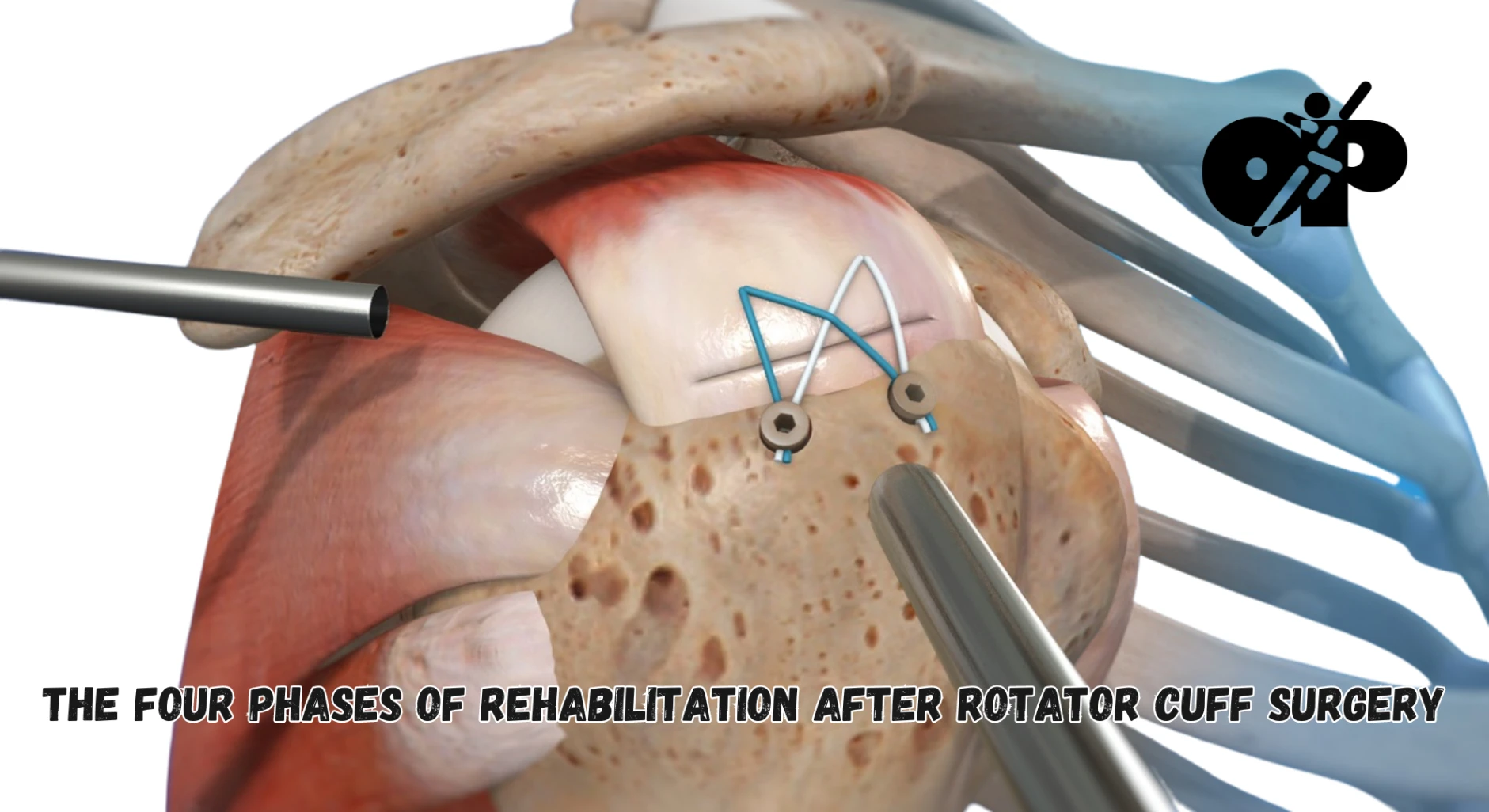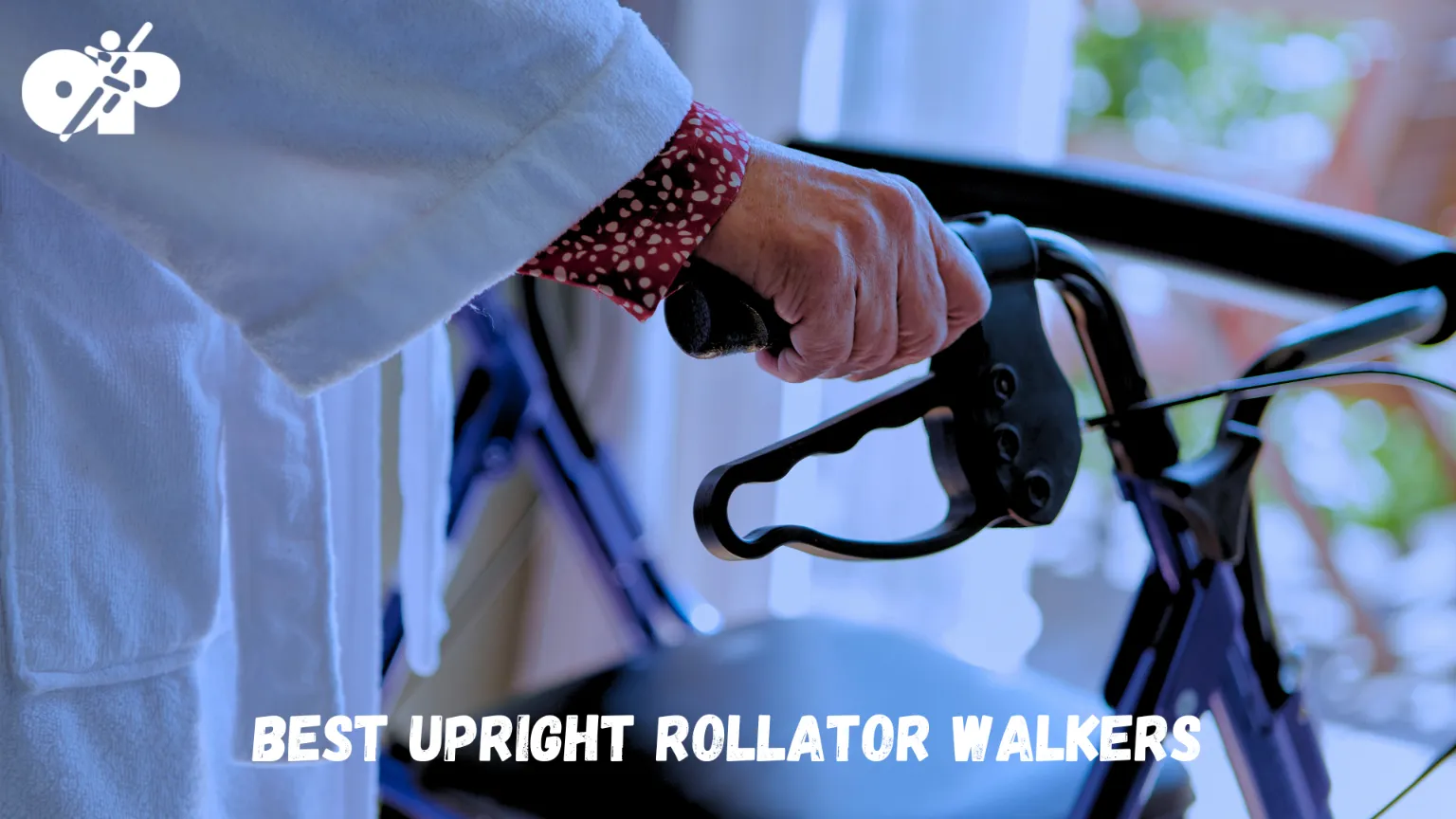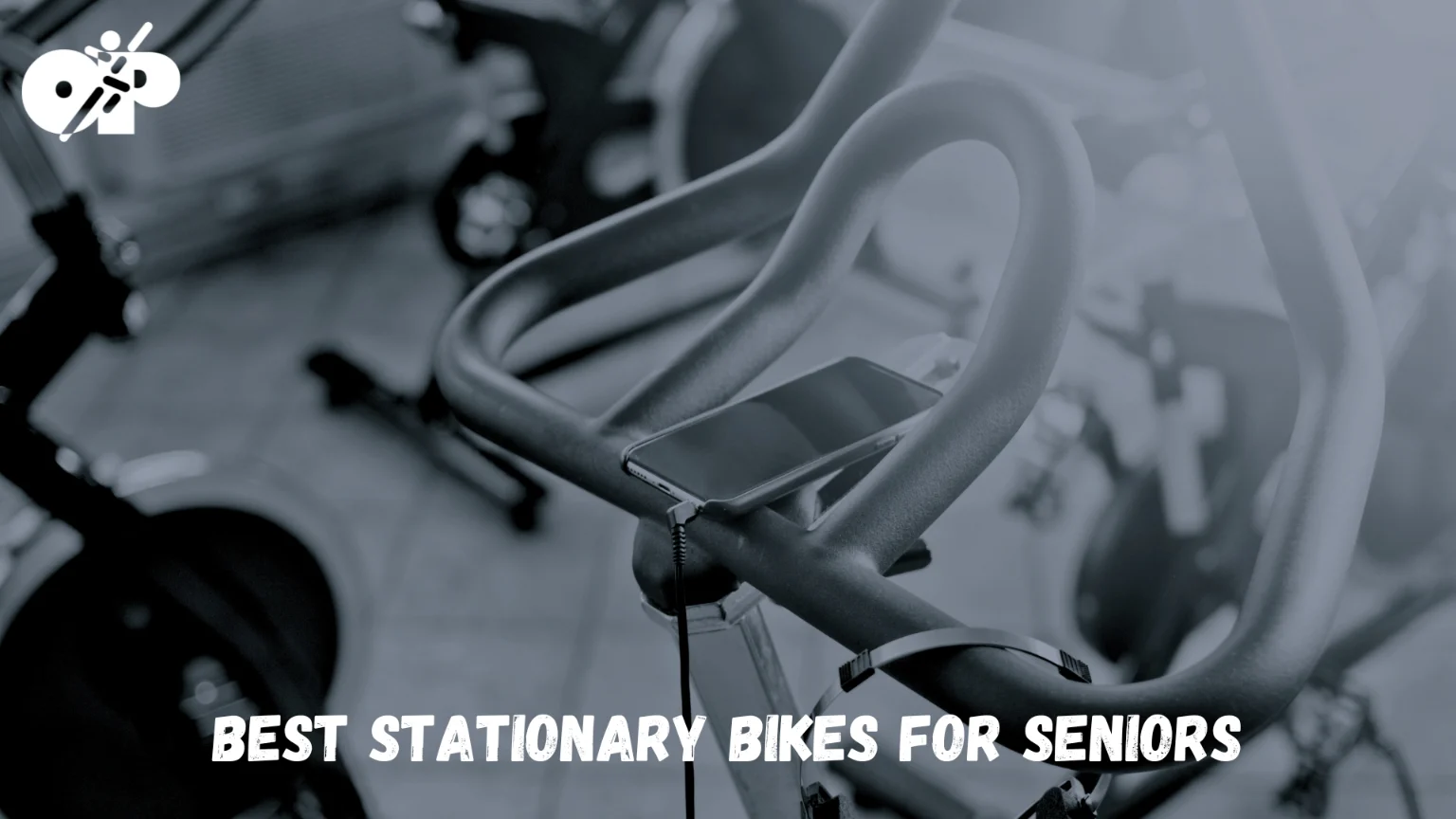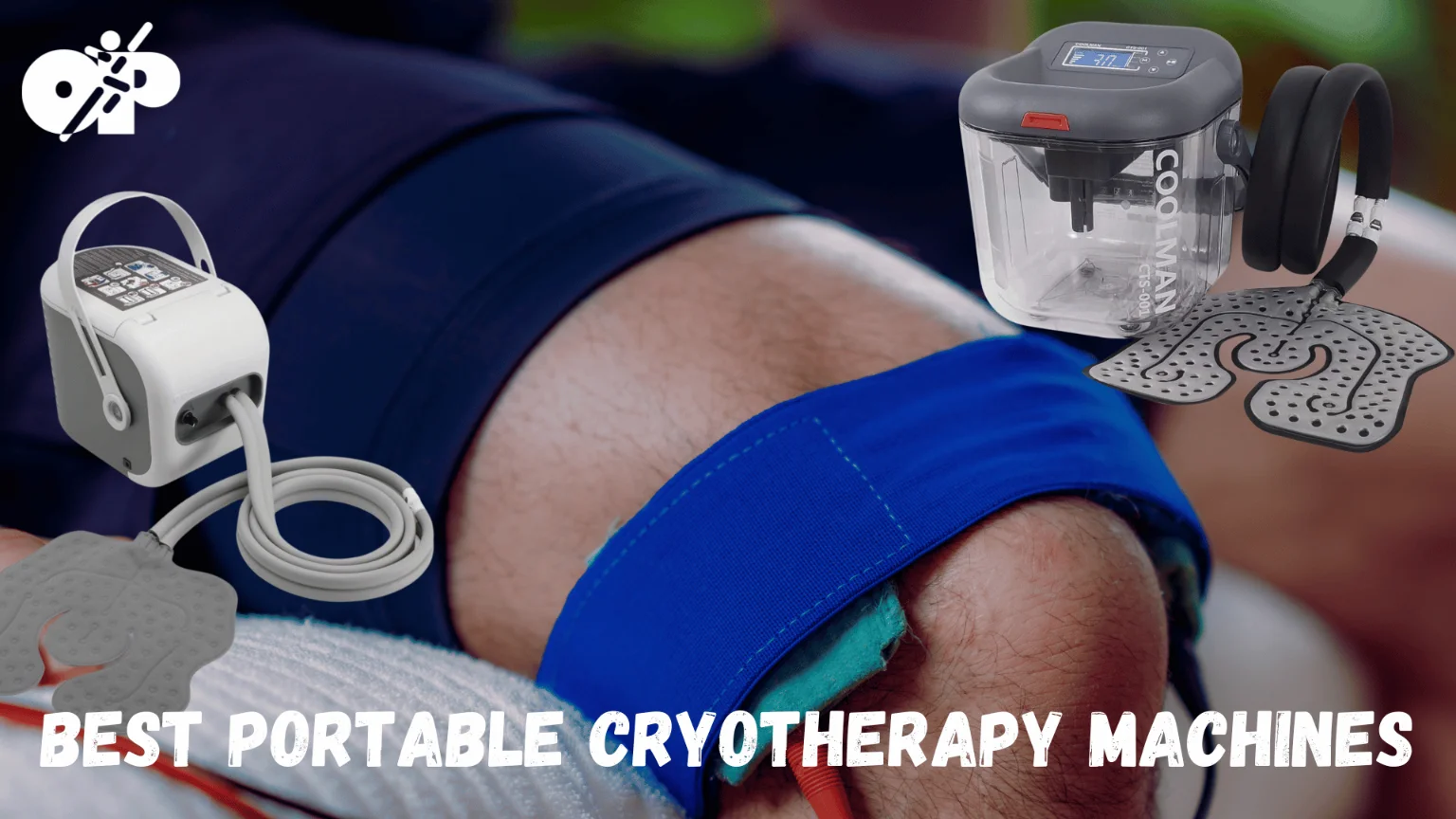The human body is a marvel, and among its myriad components, the rotator cuff stands out, especially for those who’ve experienced its injury. Nestled within our shoulder, this cluster of tendons and muscles often requires surgical intervention when injured. But surgery is just the beginning. The subsequent journey of rehabilitation, laden with exercises and therapy, is where complete recovery is truly realized. This article offers a comprehensive view into this post-surgery journey.
Understanding the Rotator Cuff
Before delving into the recovery process, it’s beneficial to understand the anatomy in question. The rotator cuff, a group of four muscles – supraspinatus, infraspinatus, teres minor, and subscapularis – is intricately designed to stabilize and move the shoulder joint. Its sophisticated structure allows the shoulder to perform diverse movements. However, its complexity also renders it vulnerable to injuries like tears, impingements, and strains. Such injuries can arise from various factors, including acute trauma, repetitive overhead activities, or the natural aging process.
Why Opt for Surgery?
Not all rotator cuff injuries necessitate surgery. Mild to moderate injuries often benefit from conservative treatments, including rest, physical therapy, and medications. But when these interventions fail to provide relief, or when the injury is severe, such as a complete tear, surgery becomes the path forward. Surgical options range from arthroscopic tendon repairs, open tendon repairs, to tendon transfer, or even shoulder replacement in extreme cases.
The choice of surgery depends on the injury’s severity, the patient’s age, activity level, and the surgeon’s expertise.
The Significance of Post-Operative Rehabilitation
Post-surgery, the real work begins. Rehabilitation is crucial for several reasons:
- Regaining Mobility The initial post-surgery phase often involves immobilization. Gradual and controlled movements are vital to prevent joint stiffness and restore its range.
- Muscle Strengthening The non-operative muscles may have weakened due to pre-surgery pain or disuse. Rehabilitation exercises reinforce these muscles.
- Optimal Scar Tissue Formation Without proper movement, scar tissue may form in restrictive patterns, hampering mobility. The right exercises ensure healthy scar tissue formation.
- Reducing Pain and Discomfort Controlled exercises, done correctly, can alleviate post-surgical pain and discomfort, speeding up the healing process.
Phase I Initial Healing
- Objective Protect the surgical repair and minimize pain and inflammation.
Immobilization
The first few weeks after surgery demand utmost caution. Immobilization, achieved using a sling or a shoulder immobilizer, is paramount. This protective measure ensures the delicate surgical repairs are undisturbed, laying the foundation for healing. Wearers often find a balance between support and comfort, and while it may be tempting to remove the immobilizer occasionally, it’s best to adhere to the surgeon’s advice.
Pendulum Exercises
Even in this restrictive phase, slight movements can be beneficial. Enter the Pendulum Exercise. By standing beside a table and bending slightly forward, allowing the operated arm to hang freely, gentle circular motions can be performed. These motions, akin to a pendulum’s swing, promote blood flow to the shoulder without exerting undue stress on the surgical site. It’s a delicate balance between movement and protection.
Passive Range of Motion
The idea here of range of motion is to introduce movement without engaging the shoulder muscles actively. A therapist or caregiver assists the patient by gently moving the arm in controlled directions. The aim isn’t to test limits but to reintroduce the concept of motion gradually. It’s like awakening the shoulder from a deep slumber, ensuring the awakening is gentle and calculated.
Phase II Active-Assisted Range of Motion (Weeks 4-8)
- Objective Begin active movement with assistance.
Assisted Arm Elevation
As the shoulder starts to heal, it’s time to involve it slightly more in its movements. Assisted arm elevation is like teaching a child to walk, holding their hands. The non-operated arm acts as a guide, helping the operated arm lift and move. This semi-dependent motion allows the muscles to engage, albeit with support, preparing them for more independence in the subsequent phases.
Wall Walks
The wall becomes an ally in this exercise. By placing the fingers of the operated arm on a wall and gently ‘walking’ them upwards, the shoulder experiences elevation without bearing weight. Over time, the goal is to ‘climb’ higher, pushing the boundaries of vertical motion, but always within comfort zones. It’s a dance between challenge and caution.
Recommended for you:
- Rib Cage Stretches – A Path to Enhanced Flexibility
- Rotator Cuff Tear vs Frozen Shoulder – Comparison in details
- How to Start Walking After a Broken Ankle? Therapy Guide
Phase III Active Range of Motion (Weeks 8-12)
- Objective Regain independence in movement without resistance.
Active Arm Lifts
The operated shoulder is now ready to venture into movements without assistance. Active arm lifts involve elevating and lowering the arm in various directions, all under the shoulder’s steam. It’s a monumental phase, signaling that the shoulder’s functional capacity is returning. While exciting, it’s pivotal to remain within prescribed ranges to avoid overstretching or stressing the healing tissues.
Gentle Rotations
Rotations reintroduce the shoulder to its circular range. Holding the arm at a right angle and rotating it inwards and outwards achieves this. It’s like turning a doorknob, just with more awareness and intent. These rotations, though gentle, are crucial in regaining the shoulder’s full spectrum of movement.
Phase IV Strengthening (Weeks 12-24)
- Objective Reinforce the shoulder muscles to regain full strength and function.
Resistance Band Exercises
Building strength is the prime focus here. Resistance bands, due to their elastic nature, provide a graded challenge. By anchoring one end and pulling or pushing with the operated arm, the shoulder muscles encounter resistance. These exercises, including internal and external rotations, front pulls, or side pulls, not only enhance strength but also improve muscle endurance and coordination.
Dumbbell Exercises
Weight training introduces a new dimension to rehabilitation. Initiating with light weights, exercises like lateral raises, front raises, and shoulder presses can be performed. The key is progression. As strength improves, the weight can be incremented, always under supervision. It’s not about how heavy one can lift but how effectively the shoulder can function.
Physical Therapy The Backbone of Recovery
A specialized physical therapist plays a pivotal role in the post-surgical journey, offering:
- Customized Exercise Regimens Every individual’s recovery trajectory differs. Therapists curate exercises that cater to specific needs and progression rates.
- Hands-On Techniques Beyond exercises, therapists employ manual techniques like massages, stretches, or joint mobilizations to alleviate pain, improve mobility, or manage scar tissue.
- Progress Monitoring Regular sessions offer feedback. They assess recovery milestones and tweak the rehabilitation plan accordingly, ensuring safety and efficacy.
Potential Setbacks and Their Management
Recovery isn’t always linear. Being aware of potential setbacks can aid in early identification and intervention:
- Increased Pain While some pain is expected, a sudden increase might indicate overexertion or complications. Immediate rest and consultation are advised.
- Limited Mobility Plateaus in regaining motion can be discouraging. However, with consistent therapy and sometimes supplementary treatments, these plateaus can be overcome.
- Stiffness Known as ‘frozen shoulder,’ this can develop if the shoulder isn’t moved enough. A combination of specialized exercises and sometimes additional medical procedures can address this.
Integrating Daily Activities and Returning to Sports
As recovery progresses, integrating daily activities becomes vital:
- Daily Activities Simple tasks like brushing, dressing, or light lifting can be reintroduced cautiously. These activities further the practical application of the regained strength and motion.
- Sport-Specific Training Athletes or individuals eager to return to sports must do so methodically. Under the guidance of a therapist, sport-specific drills and movements can be reincorporated, ensuring the shoulder is ready for the demands of the sport.
Potential Setbacks Management
Recovery from any surgery, especially as intricate as rotator cuff surgery, is rarely a straightforward journey. Awareness and preparedness for potential challenges can make the process smoother.
Increased Pain
In the initial days post-surgery, pain is a given. The body is reacting to the surgical trauma, and discomfort is its natural response. Over-the-counter painkillers and prescribed medications often keep this in check. However, if there’s a sudden spike in pain or if pain persists beyond the expected period, it’s a cause for concern. This could signify overexertion, complications at the surgical site, or other issues. Immediate medical consultation is advised to identify the root cause. Early intervention can prevent potential complications and guide any necessary alterations in the rehabilitation regime.
Limited Mobility or Plateaus
As rehabilitation progresses, there will be periods where the improvement curve seems to flatten. A plateau in regaining motion can be discouraging. These plateaus can arise from multiple reasons: inherent body response, overcautious approach, or even external factors like inadequate therapy. Recognizing a plateau is the first step. Collaborating closely with the therapist, re-evaluating the rehab plan, and sometimes introducing supplementary treatments or exercises can reinitiate the progress. The journey is about persistence, not speed.
Stiffness or Frozen Shoulder
Medically termed as adhesive capsulitis, frozen shoulder is characterized by pain and stiffness in the shoulder joint. It can develop post-surgery if the shoulder isn’t mobilized adequately. The joint capsule thickens and tightens, leaving lesser room for the bone to move freely. Addressing this requires a multi-faceted approach. Intensive physical therapy, specific exercises aimed at expanding the joint capsule, and sometimes additional medical procedures are employed. While daunting, with consistent effort, frozen shoulder can be managed and often completely resolved.
Reintegration into Daily Activities and Sports
The ultimate goal of the surgery and the subsequent rehab is to return to a life unhindered by the shoulder.
Daily Activities
Once the shoulder starts regaining its strength and mobility, it’s essential to reintegrate it into daily life. Simple tasks like brushing, dressing, or even lifting light objects should be attempted cautiously. Initially, it might seem challenging, but with time and practice, muscle memory kicks in, and these tasks become second nature again.
Sport-Specific Training
For athletes or enthusiasts, the itch to return to their beloved sport is strong. However, a phased reintegration is crucial. Starting with light drills, moving on to sport-specific movements, and then full-fledged play is the general progression. It’s paramount to ensure that the shoulder is prepared for the specific demands of the sport in question. Continuous feedback, listening to the body’s signals, and underpinning everything with the therapist’s guidance ensures a safe and successful return.
Long-Term Maintenance and Prevention of Recurrence
As patients move beyond the primary phases of recovery, it’s essential to focus on the longevity of shoulder health. A successfully rehabilitated shoulder, while robust, still requires maintenance and care to prevent recurrence of injuries or new complications.
Strength Maintenance
Once the primary rehabilitation is complete, it’s crucial not to abandon strength training. A regular regime of shoulder-strengthening exercises, even if less intense than during rehab, can ensure the muscles remain robust and resilient. This not only ensures functionality but also reduces the risk of reinjury.
Flexibility Routines
Maintaining flexibility is just as vital as strength. A tight shoulder can be more injury-prone. Regular stretching exercises, yoga, or even practices like Tai Chi can keep the shoulder limber and fluid. Incorporating such routines 3-4 times a week can make a significant difference.
Posture and Ergonomics
Many shoulder issues can arise from poor posture or incorrect ergonomics, especially in the modern world of desk jobs and prolonged screen time.
Ensuring a proper ergonomic setup at work or home and being mindful of maintaining an upright posture can greatly reduce undue stress on the shoulder.
Regular Medical Check-ups
While the patient might feel completely rehabilitated, regular check-ups with the orthopedic surgeon or therapist are beneficial. They can catch and address any minor issues before they escalate. Regular imaging scans might also be recommended in some cases to monitor the internal health of the shoulder.
Emotional and Mental Aspects of Recovery
Physical recovery is just one aspect of the rehabilitation journey. Surgeries, long recovery periods, and the inherent challenges can take a toll on one’s mental and emotional well-being.
Stay Connected
It’s vital to stay connected with friends, family, or support groups during recovery. Sharing experiences, voicing frustrations, or just having a chat can offer much-needed emotional relief.
Mindfulness and Meditation
Engaging in mindfulness practices or meditation can help in managing pain, anxiety, or depression symptoms that might arise during recovery. It provides a platform to connect with oneself, understand one’s body better, and cultivate a positive outlook.
Seek Professional Help
If feelings of despair, chronic anxiety, or depression persist, it’s crucial to seek professional help. Therapists or counselors, familiar with post-surgical recoveries, can offer coping strategies and support.
Rotator Cuff Surgery Recovery – Conclusion
Rotator cuff surgery is a significant step towards restoring one’s shoulder’s functionality and quality of life. The rehabilitation journey demands patience, perseverance, and a positive mindset. While the path might be fraught with challenges, each phase, from immobilization to reintroduction into daily life, builds towards the ultimate goal of pain-free mobility. The blend of expert guidance, tailored exercises, and self-awareness ensures that the recovery, though lengthy, is effective. This journey serves as a testament to human resilience and the advancements of modern medical science, offering hope and inspiration to countless others on a similar path.





